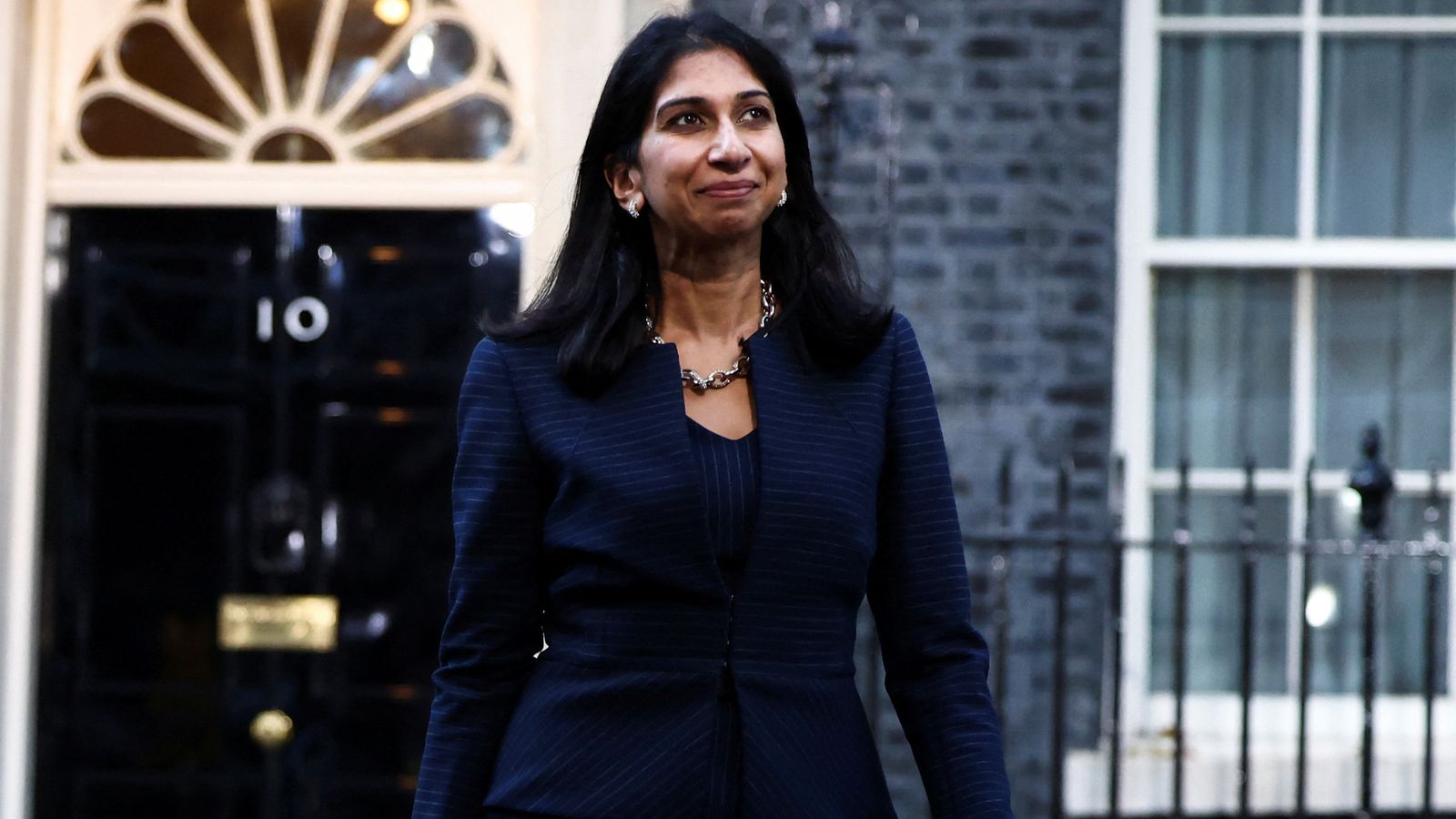Originally published at ILSR.org
Hosting an in-person community gathering may be unthinkable these days, but that is exactly how Hanover, New Hampshire endorsed its 100% renewable energy goal back in 2017: a show of hands in the high school gymnasium.
For this episode of our Voices of 100% series of the Local Energy Rules Podcast, host John Farrell speaks with Hanover, NH Sustainability Director April Salas. They discuss the importance of coalition building, how to take action in a small town, and slowing down to achieve goals the right way.
Listen to the full episode and explore more resources below — including a transcript and summary of the conversation.
Podcast (localenergyrules): Play in new window | Download | Embed
Subscribe: Apple Podcasts | Stitcher |
Episode Transcript
All Hands on Deck in Hanover
Salas has worked on energy policy at the White House and for the US Department of Energy. When she moved to Hanover in 2016, she says, much of the groundwork for clean energy action had already been laid by the community – especially by the Sustainable Hanover committee.
“It’s really my job to be the glue that ties the official work that the town’s doing, in support of the town manager and those other directors that I mentioned in public works and zoning, to what’s happening in our Sustainable Hanover committee and our energy subcommittee.”
When describing the difference between federal and local policy work, Salas says that her small town of 11,000 residents is much more nimble. Hanover residents rallied around a cause, set an ambitious goal, and can now get to work.
Hanover is also home to Dartmouth College (where Salas directs the River Center for Energy). Salas describes the college as an important resource to tap into, both for faculty expertise and energized students.
First New Hampshire Town to be Ready for 100
Hanover was the first locality in New Hampshire to set a goal for 100 percent renewable electricity, which it set with a target date of 2030. Since Hanover made the commitment in 2017, Concord, Keene, Cornish, and Plainfield have made their own pledges.
Hanover’s commitment to 100 was made official at a town hall-style meeting in the high school’s gymnasium. Participants raised their hands in support of the goal in what Salas describes as a “powerful moment.” She hopes the town can keep this participatory momentum as they implement the goal.
“How you get there is as important as getting there in and of itself.”
Rather than taking the ‘municipal operations first’ approach popular with other cities, Hanover’s renewable electricity target is community-wide. Salas wants renewable electrons powering residents, businesses, and municipal operations. The town also has a 2050 goal for 100 percent renewable building and transportation energy.
The Power to Choose Renewable Energy
Salas mentions many implementation tools she is counting on to reach Hanover’s goals, including energy efficiency, cold climate heat pumps, and community solar. One exciting opportunity lies in community choice energy, a policy tool that is available in New Hampshire as of July 2019.
Read more about how community choice energy enables communities to center people and planet in our 2020 report.
At the time of recording, Salas says that Hanover has just joined a community choice aggregation called Community Power Coalition of New Hampshire. By joining this coalition, Hanover residents will be automatically enrolled in a new electricity broker run by the municipal governments. The governments can procure renewable energy for their residents and offer it at a lower price than the incumbent utility.
“We’re Still Learning”
Salas describes Hanover’s ultimate goal to be a “resilient and healthy community powered by affordable and clean, renewable energy.” She says that equity was always a part of this vision, but in 2020, the town reevaluated its efforts. Hanover sought out national experts and professors from Dartmouth to help them reach more community members and make sure that all voices are heard.
“We really turned the dial up in this last year to say, no, this is not only a priority, but it’s an imperative… we’re willing to slow down a little bit so that we can bring everyone along.”
Hanover now has a diversity and equity committee to guide the clean energy transition.
Salas’s final advice is to connect with the other 150 cities and towns that have made 100 percent renewable energy pledges. One resource that has helped her is the Urban Sustainability Directors Network, which has a flexible pricing plan for small towns with limited budgets.
“Don’t be afraid to just ask the questions and try to build that local coalition on your own and otherwise reach out. We’d love to hear from you.”
Episode Notes
See these resources for more behind the story:
For concrete examples of how cities can take action toward gaining more control over their clean energy future, explore ILSR’s Community Power Toolkit.
Explore local and state policies and programs that help advance clean energy goals across the country, using ILSR’s interactive Community Power Map.
This is the 27th episode of our special Voices of series, and episode 125 of Local Energy Rules, an ILSR podcast with Energy Democracy Director John Farrell, which shares powerful stories of successful local renewable energy and exposes the policy and practical barriers to its expansion.
Local Energy Rules is Produced by ILSR’s John Farrell and Maria McCoy. Audio engineering by Drew Birschbach.
This article originally posted at ilsr.org. For timely updates, follow John Farrell on Twitter, our energy work on Facebook, or sign up to get the Energy Democracy weekly update.



